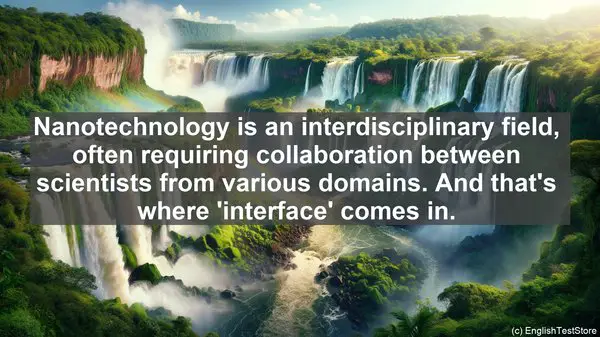Introduction: The Importance of Verbs in Conversations
When it comes to having meaningful conversations, verbs play a crucial role. They are the action words that bring life to our sentences. In the context of nanotechnology and material science, using the right verbs can help us describe processes, explain theories, and discuss research findings effectively.

1. Analyze: Digging Deeper into Data
The first verb on our list is ‘analyze.’ In the realm of nanotechnology and material science, analysis is key. It involves examining data, identifying patterns, and drawing meaningful conclusions. Whether it’s studying the properties of a new material or evaluating experimental results, the ability to analyze is vital.
2. Synthesize: Creating Something New
Next up, we have ‘synthesize.’ This verb is all about combining different elements to create something new. In nanotechnology, for instance, scientists often synthesize nanoparticles by mixing specific chemicals. It’s a process that requires precision and can lead to groundbreaking discoveries.
3. Characterize: Understanding Material Properties
To truly understand a material, we need to ‘characterize’ it. This involves studying its properties, such as its conductivity, strength, or reactivity. By characterizing materials at the nanoscale, researchers can gain insights that can be applied in various fields, from electronics to medicine.
4. Modify: Tailoring Materials for Specific Applications
Sometimes, we need to ‘modify’ a material to suit a particular application. This can involve changing its structure, composition, or surface properties. For example, in nanomedicine, scientists often modify nanoparticles to enhance their ability to deliver drugs to specific targets in the body.
5. Optimize: Maximizing Performance
In the world of nanotechnology and material science, ‘optimization’ is a constant pursuit. It’s about fine-tuning a material or a process to achieve the best possible performance. By optimizing, researchers can enhance efficiency, increase durability, or even reduce environmental impact.
6. Fabricate: Creating at the Nanoscale
When it comes to working with nanomaterials, ‘fabrication’ is a critical verb. It refers to the process of creating structures or devices at the nanoscale. From nanosensors to nanocircuits, fabrication techniques are what enable us to build these tiny yet powerful components.
7. Investigate: Uncovering the Unknown
The world of nanotechnology is full of mysteries waiting to be unraveled. And to do that, we need to ‘investigate.’ This verb encompasses activities like conducting experiments, running simulations, or even exploring theoretical models. Through investigation, we can push the boundaries of knowledge.
8. Interface: Bridging Different Fields
Nanotechnology is an interdisciplinary field, often requiring collaboration between scientists from various domains. And that’s where ‘interface’ comes in. It’s about creating connections, sharing insights, and finding common ground. By interfacing, we can combine expertise and tackle complex challenges more effectively.

9. Communicate: Sharing Ideas and Findings
No scientific endeavor is complete without effective ‘communication.’ Whether it’s presenting research at a conference, writing a paper, or simply discussing ideas with colleagues, the ability to communicate clearly is essential. It ensures that knowledge is shared, debated, and built upon.
10. Innovate: Driving the Future of Technology
Last but not least, we have ‘innovate.’ Nanotechnology and material science are fields that thrive on innovation. It’s about pushing boundaries, thinking outside the box, and coming up with novel solutions. By innovating, we can shape the future of technology and make a positive impact on society.
